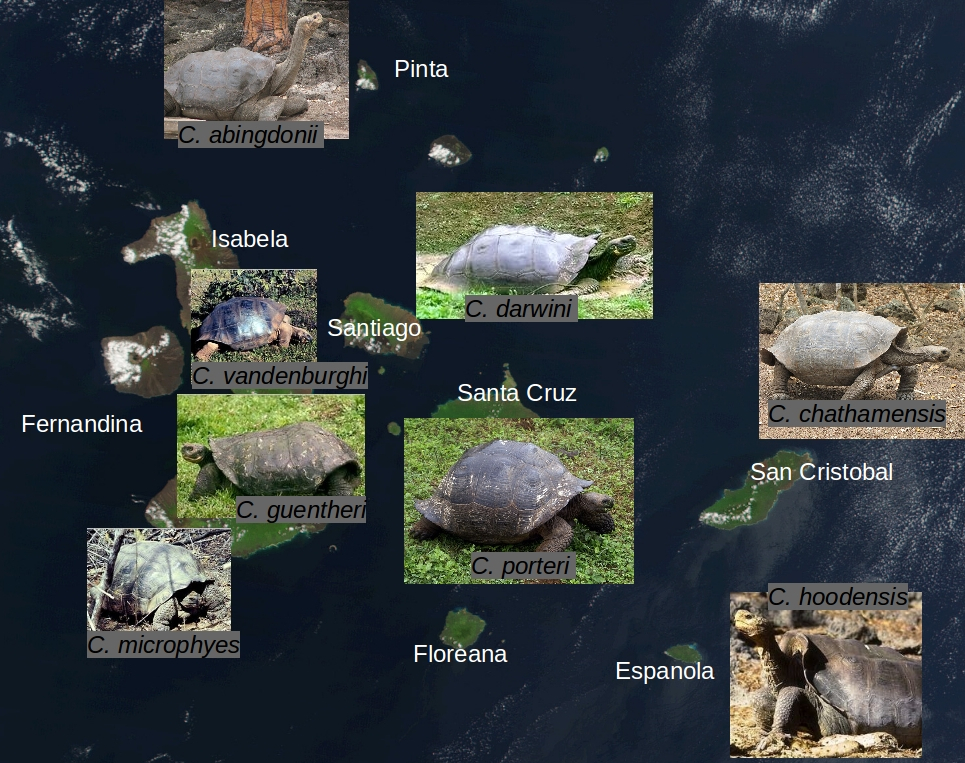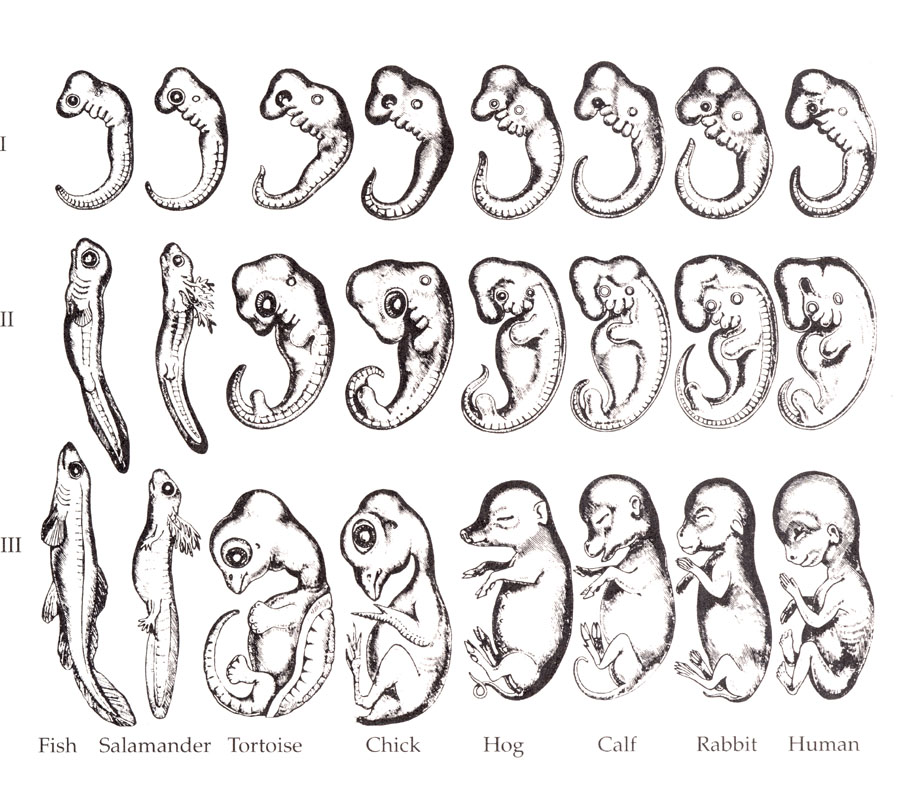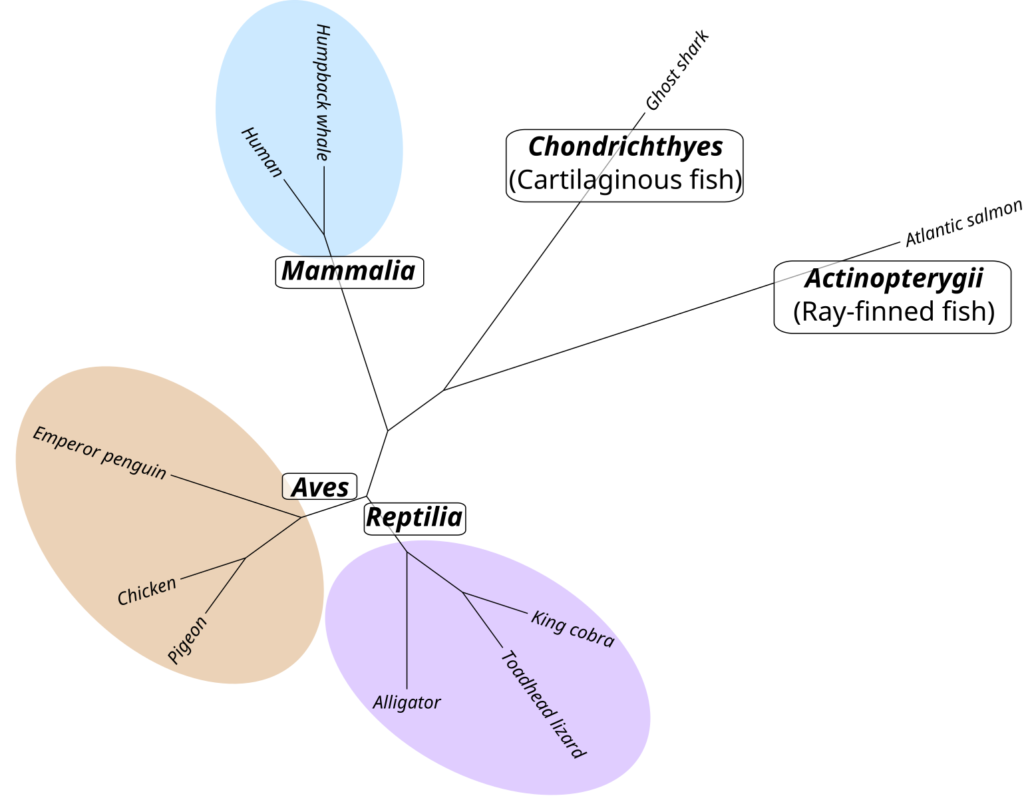Table of Contents
Darwin’s observations while traveling on the Beagle
Charles Darwin was a naturalist who journeyed on the HMS Beagle in 1831. He was heavily influenced by Charles Lyell’s Principles of Geology which illustrated the evidence that the age of the Earth was greater than 6,000 years old. It was during the second voyage of the Beagle that Darwin came to make observations that would give rise to his idea of common descent for all life on Earth and the concept of evolution by means of natural selection. As Darwin surveyed the natural flora and fauna, he noticed that there were many different organisms that shared similarities. Moreover, on islands that were separated from the continental lands, there was greater separation of these organisms based on their features that illustrated shifts towards adapting to the local environments. While evolution broadly demonstrates the diversity of organisms across geologic time scales is factual, the mechanism of natural selection giving rise to these changes in flora and fauna proposed by Darwin and Alfred Wallace was revealed by multiple points of evidence that have subsequently been demonstrated through experimental means.
Genetic variation
One major aspect of natural selection surrounds the natural diversity that exist within organisms of a species. It is these variations that illustrate the natural starting point for adaptation to specific environments and ecosystems. Darwin observed that organisms often reproduced at a rate greater than the environment could handle and that the individuals who survived to reproduce again often had features that were best suited for that ecosystem.
Arctic hares like the one on the picture have adaptations for their environment: short ears for heat conservation, large paws for walking on snow, seasonal molting for camouflage. In summer, the fur molts and a coat of brown grows in. In winter, a white coat grows in. These features come in a spectrum of variations of sizes and colors. Over many generations, these features have become more stabilized with a narrower range of variation that is suited for the arctic environment.
Evidence from fossil records


The French anatomist/zoologist Georges Cuvier, established the fields of paleontology and comparative anatomy in the early 1800s. He was a staunch creationist who opposed the idea of evolution. Cuvier proposed the idea of catastrophism where multiple cycles of creation that gave rise to the diversity of fossils that emerged from multiple catastrophes, like the flood of the Old Testament. Darwin observed that the great age of the Earth (4.5 billion versus 6,000 years) permitted enough time to explain the gradual changes found in fossils at various depths of sediment.
Darwin’s understanding of geologic time was coupled by a number of other evidence. Contrary to Cuvier’s catastrophism, the fossil evidence showed new species appearing gradually and while populations of species had changed, the rates of changes were unequal between different species. Darwin also understood an aspect of heritability as fossils had illustrated that there were no reappearances of species following extinction. The gradual changes often spoke to descent with modification as opposed to catastrophic events.
Biogeography


Darwin’s visit to the Galapagos Islands off the coast of South America inspired many observations. These islands were relatively close to each other with respect to continental land masses. It was here that Darwin observed similar species to the mainland but in various forms that were specific to each island. Taken together with fossil evidence, some organisms exist in different forms during the same geologic period due to isolation and migration of populations. Migration and isolation would give rise to a founder effect where individuals in the population would not yield the vast array of existing variation.
Darwin described the large tortoises that give rise to the archipelago (galápago is Spanish for tortoise). He observed that each island had distinct species of tortoises with features that were best adapted for the environment. These adaptations were best described by shell shape and neck length that permitted the tortoises to either browse or graze on food, depending on vegetation growth on each island. On the larger island of Isabela, multiple tortoise species existed, but each was confined to a specific ecological niche. This aspect of specialization demonstrated to Darwin that a common ancestor existed that gave rise to different species over geologic time due to isolation in specific environments.
Darwin also observed the diversity in finches on the islands. These finches would be revisited in the 1970s by the ecologists Peter and Rosemary Grant who performed measurements on finches of the island of Daphne Major. They revealed that rapid evolution could occur in relatively small windows of time based on the changes to environmental conditions.
Anatomy and embryology


Similar organization and structure of the bones in the forelimbs of vertebrates, shown by colors, is called homology and results from common descent. Homology was one of Darwin’s arguments in favor of evolution. The forelimbs of the vertebrates have different functions: grasping (human), walking (dog), flying (bird) and swimming (whale). They are also adapted for different uses and habitat and have evolved from a common ancestor that had a five-finger (or pentadactyl) limb as illustrated in the adaptive radiation of the vertebrates forelimb.
Subsequently, embryology illustrates natural historical features of organisms that share similar lineage. Gill slits on terrestrial vertebrates appear across taxa during development but disappear in higher taxa. These observations gave rise to the idea that “Ontogeny recapitulates phylogeny”. Some organisms retain the throwbacks of these developmental times as seen in gills of some salamanders. These developmental throwbacks are called atavisms. An example of a congenital atavism in humans is the occasional external tail that can be corrected by surgery.
Molecular biology




Advances in DNA technology has provided an era of genomics where whole genomes (the entirety of the DNA that makes up an organism) are sequenced. Not all genomes are sequenced, but pieces of DNA that are commonly shared between organisms can be used as molecular markers of relatedness. Furthermore, the genetic information encoded in the DNA of an organism reveals the programs that give rise to embryogenesis and development when ontogeny may recapitulate phylogeny.
Protein sequences can also be used for more distantly related organisms. However, there exists less protein sequence data.
The molecular clock refer to the time mutations occur, are passed on to offspring and give rise to new adaptations and new species. The higher the similarity between DNA sequences or amino acid sequences of a protein between species, the more closely related they are.






